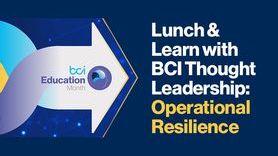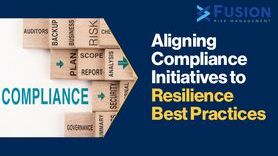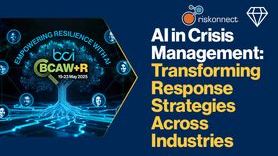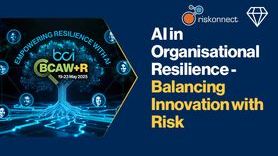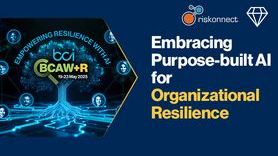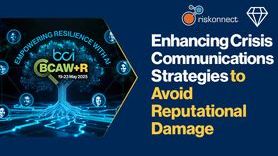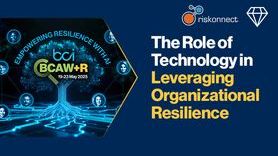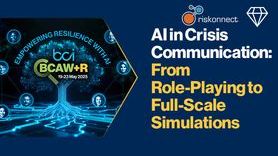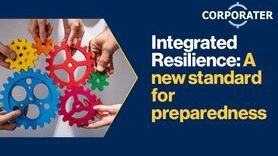Management of resilience in a conflict: perspectives from Ukraine
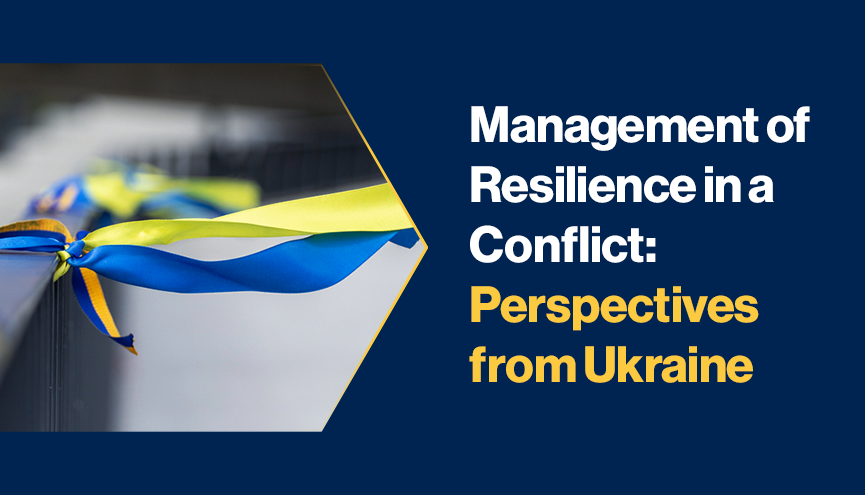
A Ukrainian interviewee was asked to summarise what they considered to be the key to resilience during a conflict. He produced four points which he believed were successful to the running of his organization through the conflict.
- Ensure focus is on the right people and the right actions. Identify the key business drivers and the personnel who are able to make quick decisions and make changes where necessary. Focusing on policies and procedures often does not work in a conflict environment, albeit they should be followed as closely as possible.
- Make sure a good emergency communications system is in place. Ensure there is good emergency communications to quickly gather the business continuity team, the emergency response team or the crisis team. Work out what you currently have available and can make the quickest response.
- Have a budget reserve for any kind of situation. Although the interviewee was prepared for this, he knew of other organizations who were not. Having emergency funds meant they were able to act quickly and pull-on funds quickly, if required.
- Ensure advanced risk mapping processes are in place. Ensure that specialised staff, if possible, are constantly scanning for escalation of conflict. In this person’s organization, they had been mapping the Ukraine conflict since April 2021. This enabled them to set up a mobile business continuity team away from the front line before the conflict began in earnest.
Director of Information Security, Technology, Ukraine
Source: BCI Resilience in Conflict Report 2022
To be the first to know about BCI News and more follow us on LinkedIn here, or on Twitter @TheBCEye






